Ghardaia, Algeria – Off The Beaten Path
“(It) was oppressed by a scorching climate…was covered in harsh deserts, and only a small part could sustain life. The landscape was covered with sand dunes, mountains, and canyons which made traversing very difficult.” Source.
I feel this is an apt description of the exotic M’Zab Valley in Algeria, but this text is describing the fictional planet of Tatooine, Luke Skywalker’s home in Star Wars. I attempted to blend into the background at the lively local market in Ghardaia, observing the different cultures in local dress go about their business. As I watch, I recall the varied mix of peoples in Mos Epsa, one of the port cities of Tatooine.
Nearly 400,000 people make their home in the M’Zab Valley. M’Zab Valley is a pentapolis (how about that for a cool word), comprised of five towns, including Ghardaia, the defacto capital. The M’Zab Valley is 600 km south of Algiers, and the valley is located in the Sahara Desert.
This area was settled in the 11th century by the Mozabites, a Muslim Ibadi (different than Sunni and Shiite) sect of non-Arabic Muslims. They created five separate villages on rocky hills. Each village was planned in a similar fashion to create a fortified town, protecting them from nomadic groups. All five settlements were anchored with a mosque at the top of the hill serving as the highest point. The minaret at the mosque also served as a watch tower. Houses then were constructed in concentric circles, extending out from the mosque. This design is also used to create a coherent, orderly, and equitable environment for all inhabitants with each house being approximately similar in size. A market place serves as the center of each village. Within the village walls, there are no automobiles, just winding and hilly stone paths and alleys.
The village is designed to coexist with the harsh desert environments, with scorching hot days, chilly nights, and occasional sand storms. Surrounding the village were walls, forming a citadel of each village.
I arrived in the afternoon, and my guide, Ibrahim, picked me up at the airport. To find out more details about cost, hotels, and contact info, click here to read my guide of Algeria. We drove to my guesthouse in the oasis which was quite isolated from the five villages and built in a traditional style.
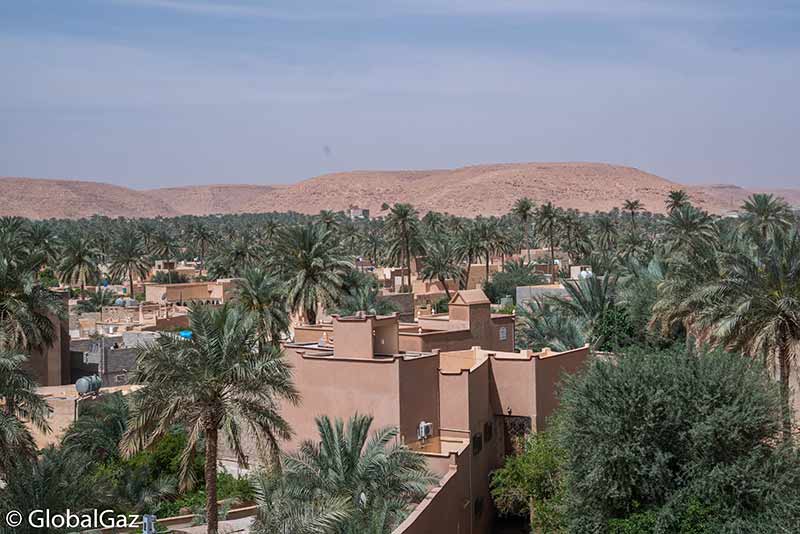
Homes in the oasis.
Brilliant local carpets covered the floors and furniture mixed with the white stucco. I was the only guest during my stay besides the live-in staff from Mali. I took my breakfasts and dinners at the guest house.
I found this region to be very conservative and traditional. M’Zab Valley is physically isolated in the desert and has managed to maintain their cultures and mores. When entering each of the five walled villages, visitors are required to take a local guide, in addition to my guide Ibrahim. A sign was posted in each village dictating the rules. No shorts, no smoking, and depart before sunset.
And most frustrating, no pictures of people. This was enforced with varying strictness. One guide, requested that I refrain from taking a picture, since a person was walking through the square 50 feet away. While I was able to take some portraits of the locals, most demurred. M’Zab Valley, as you might imagine, main focus is not a focus of mass tourism. Over my four days, I encountered a couple of small groups and some other random tourists, but M’Zab Valley is not ready to host throngs of visitors. This is true from both an infrastructure point, and in deference to their traditional culture. Ghardaia and its peers are not ready for the selfie stick wielding masses. In some ways, I feel the tourists are purposely housed in the isolated guest houses of the oasis, where they are not able to roam the five villages. The M’Zab Valley due to its conservative nature and extended area demands a guide with a car.
Throughout my stay in the valley, an iron grip was constantly grabbing my attention. The women of Ghardaia. We have all seen in person or at least in pictures of a woman cloaked in a Niqab in the Muslim world, which only the eyes are visible. But the women of Ghardaia are dressed in a haik, a head to toe wool wrap that only exposes a single eye. Yes, a single eye.
I was beyond fascinated every time I encountered one of these white-clad, silent women gliding by me on a stone passage way.
After each day of exploring, I would end my day sipping sweet hot tea on a thin mat. I was at the home of Mohammed, a friend of my guide, Ibrahim. His second home was located near my guest house. Mohammed’s home was a farm in the oasis. Dozens of goats were penned up as palm trees towered above them. M’Zab Valley is a major center of date production, which grow on palm trees in this region. Hot embers burned bright as a metal teapot hovered above the fire. A critical part of tea consumption in the Sahara is ample amounts of both mint and sugar, which is poured into a glass, which is grasped with two fingers and a thumb. Friends and acquaintances would swing by, exchange greetings and stories as they sipped tea and puffed on cigarettes. There were only men here. The stars sparkled and the heat still lingered late in the evening.
M’Zab Valley is one of the most heavily policed places I have witnessed. Several years ago there was violence and fighting between the Berber and Arab people of the regions. Groups of police could be found every fifty feet accompanied by heavy, armored trucks. The village of Ghardaia was no exception. I entered into the main square, and noted two large groups of police lounging around on opposite sides.
I headed to the left and entered a long street, which served as the local market. Vendors occupied both sides as shoppers crowded the market, stocking up on vegetables, meat, olives, and everything in between. I weaved through the crowd, attempting to blend into the diverse crowd of Berbers, Arabs, and sub-Saharan Africans. I was not too successful in my efforts, clearly not fitting with the locals. In addition, my camera strapped around my shoulder, was deemed, a “weapon” by my guide, Ibrahim. I managed to take some scene shots and approached a number of people for pictures, some consented.
I then met Barick, selling dates and figs. A wide smile greeted me as he asked me where I was from. I promptly responded, “Canada!” utilizing my strategy of lying about my country of origin since Trump became the president.
His English was very good, as he explained to me that he previously worked at Schlumberger, a large international oilfield services company. Today, he comes to the market in Ghardaia two days a week to sell dates and figs from his farm. He shared with me his wife is pursuing a doctorate in Islamic studies. As we shook hands a final time, he present me with a gift of dates.
As I traveled to the five towns of the M’Zab Valley, I noted that the mosques were simple, and modest. The rooms of prayer were unadorned.
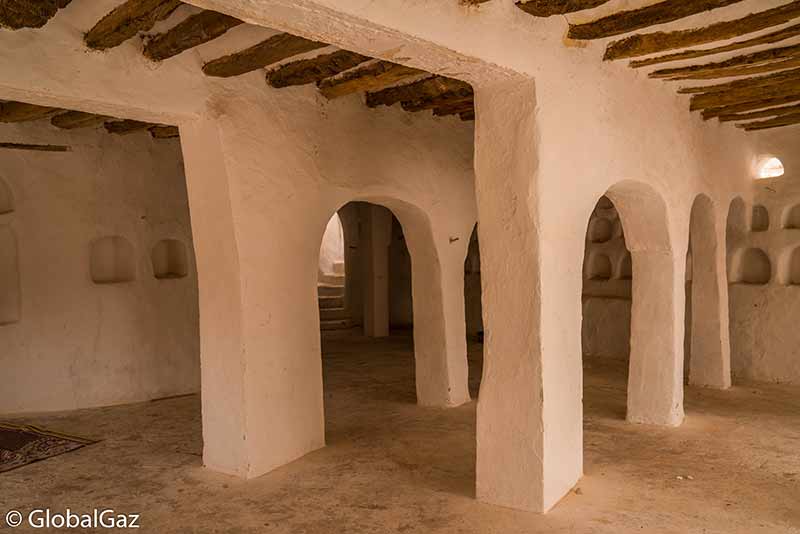
I left the M’Zab valley, feeling I just scratched the surface a unique and amazing place. Read my guide to Algeria here. Ghardaia, Algeria – Off The Beaten Path
Check out my other posts on Algeria.
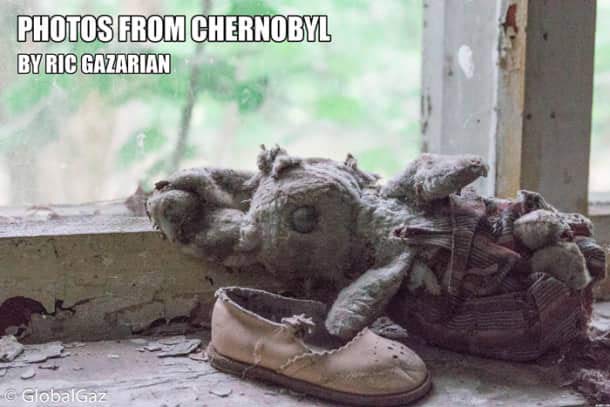
Photos From Chernobyl
Sign up to receive your free copy of Photos From Chernobyl. Over 100 photos from the Chernobyl Exclusion Zone.

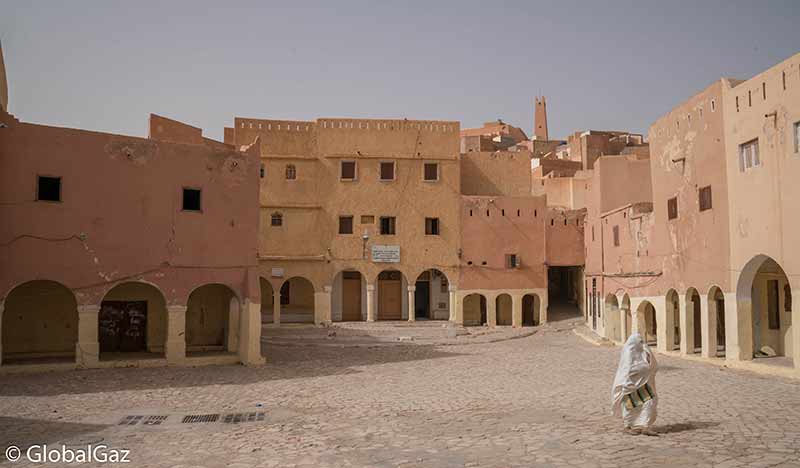
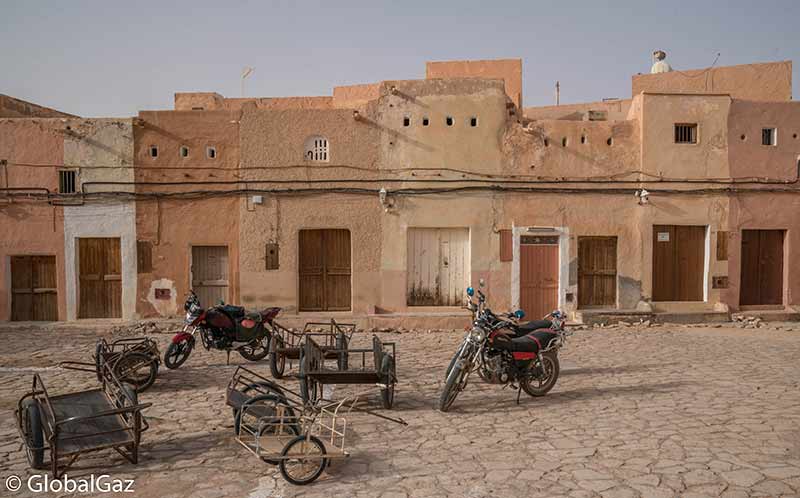
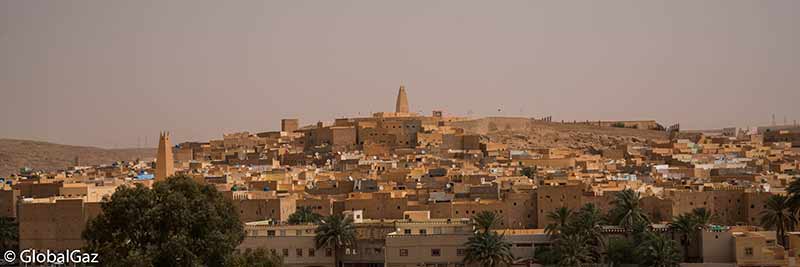
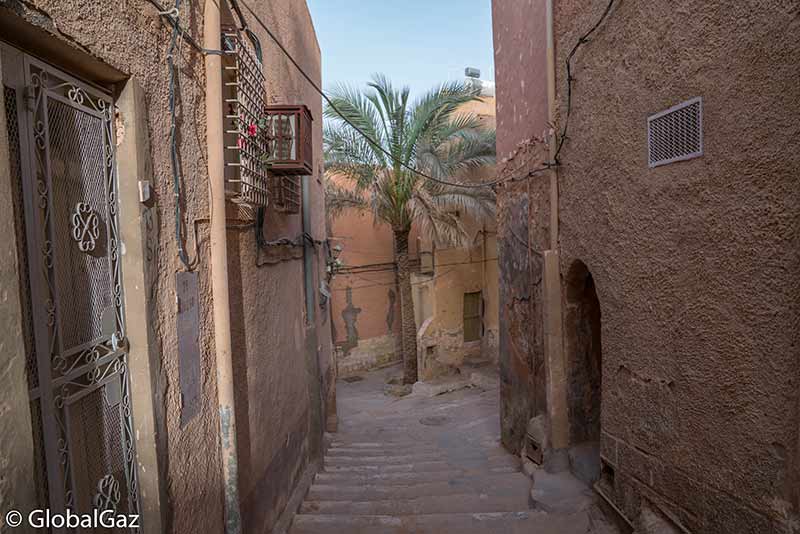
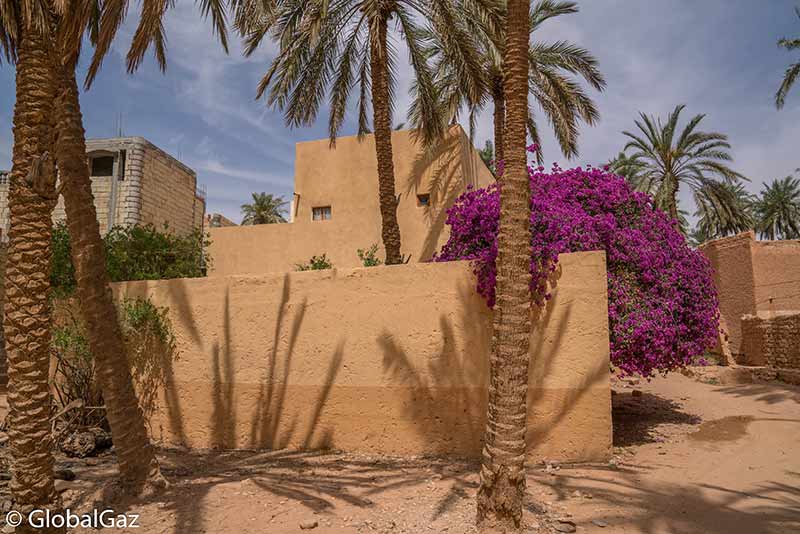
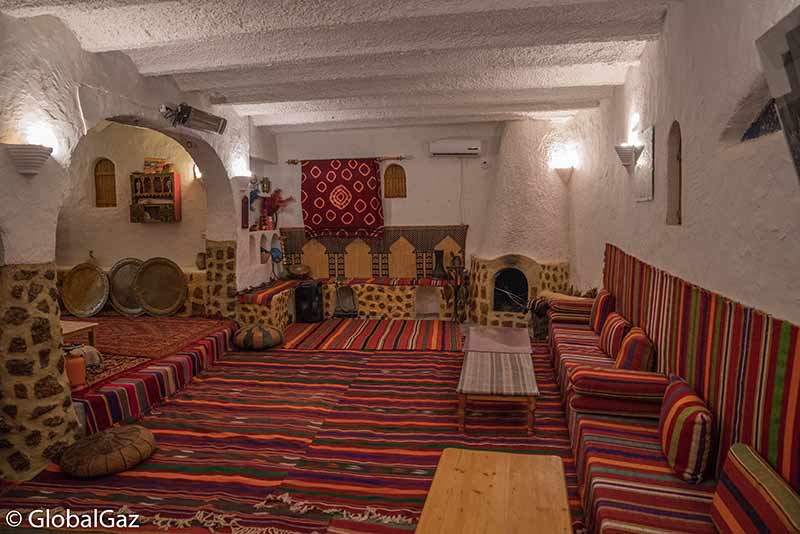
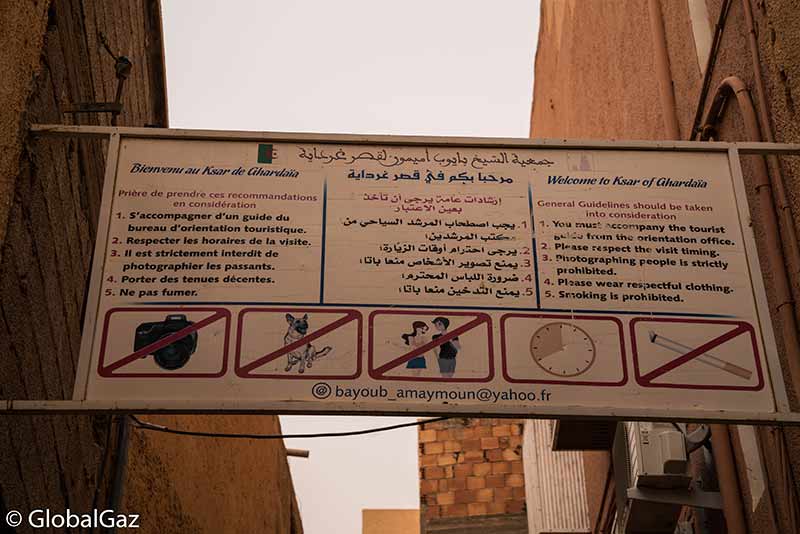
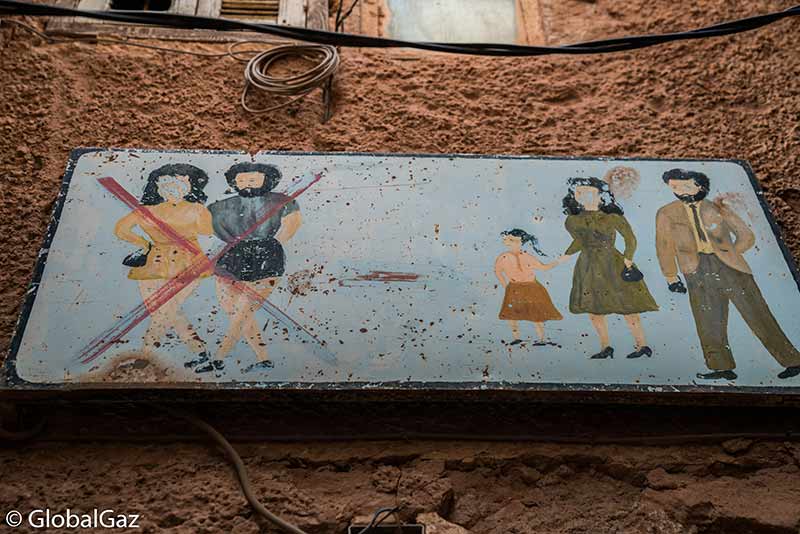
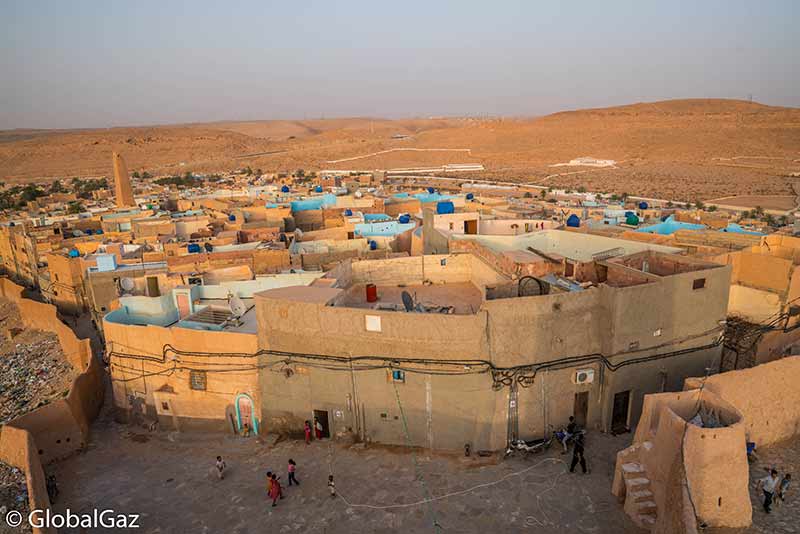
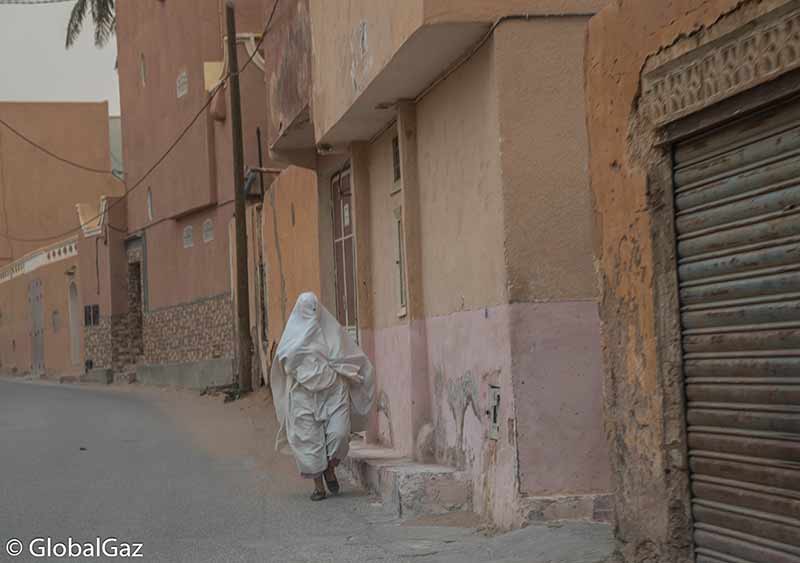

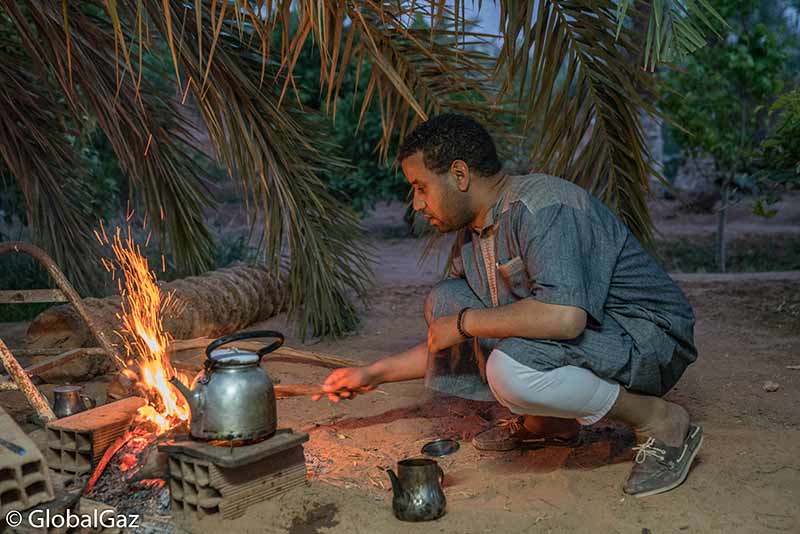

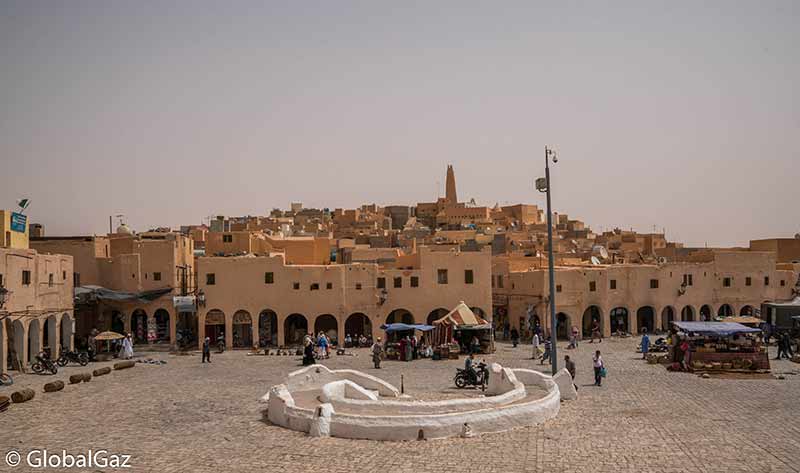
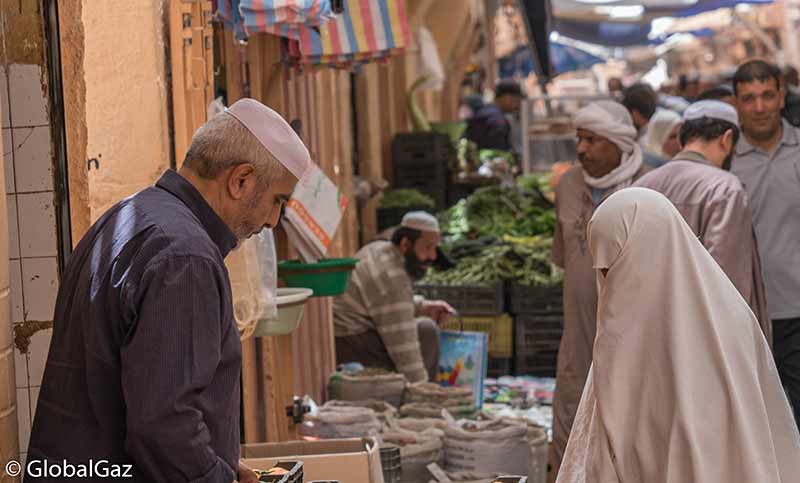
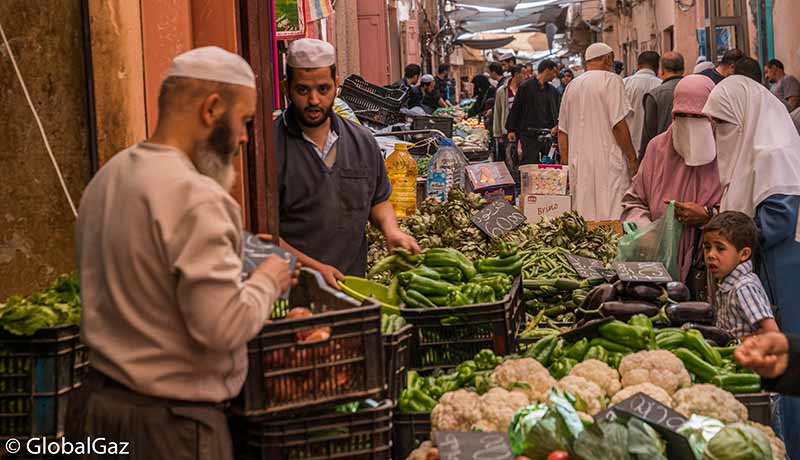
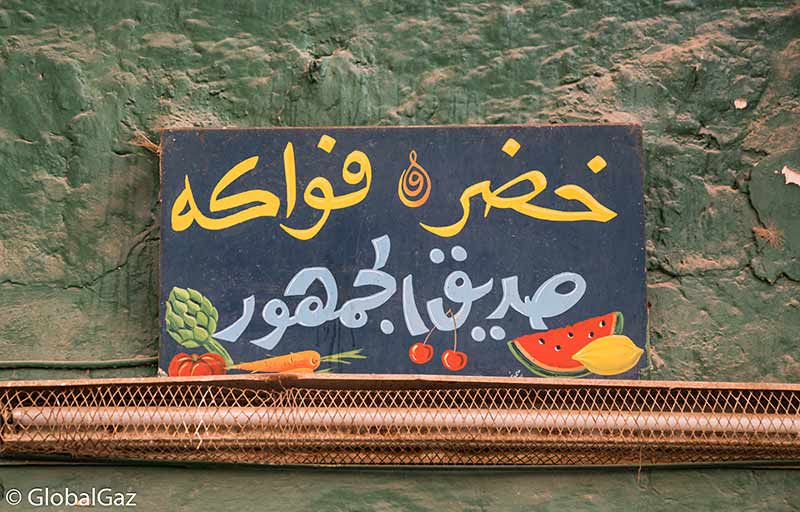

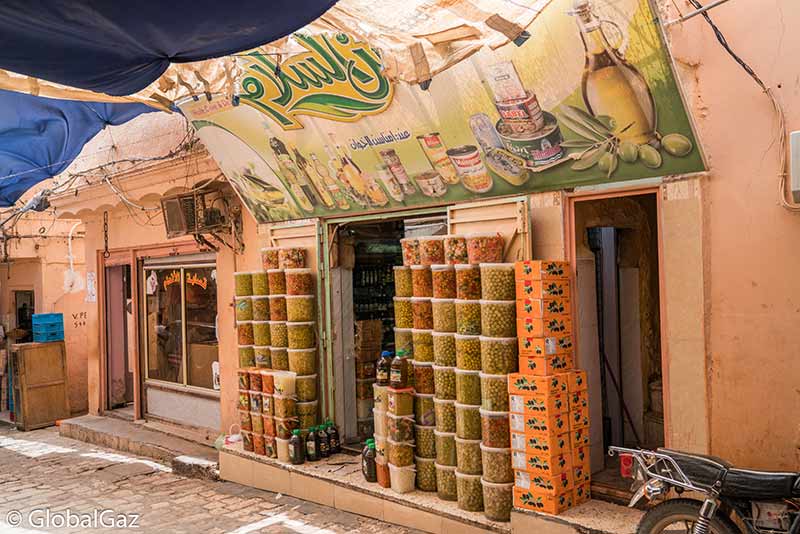
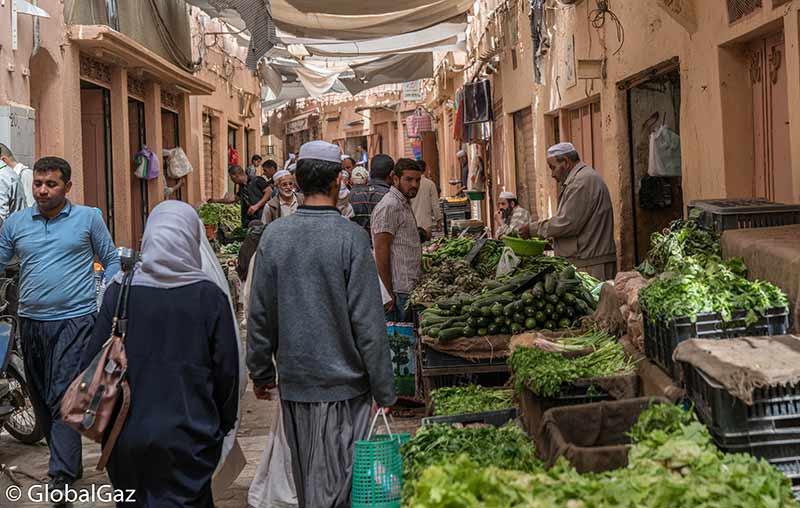
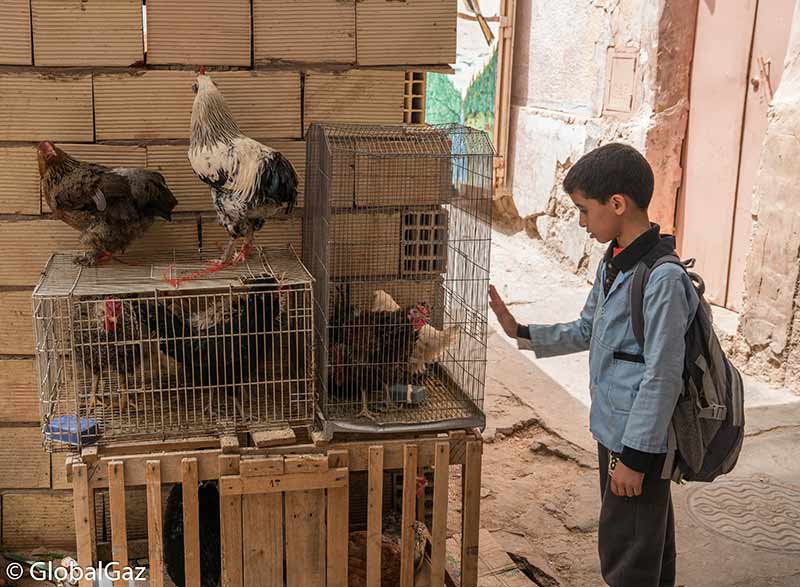
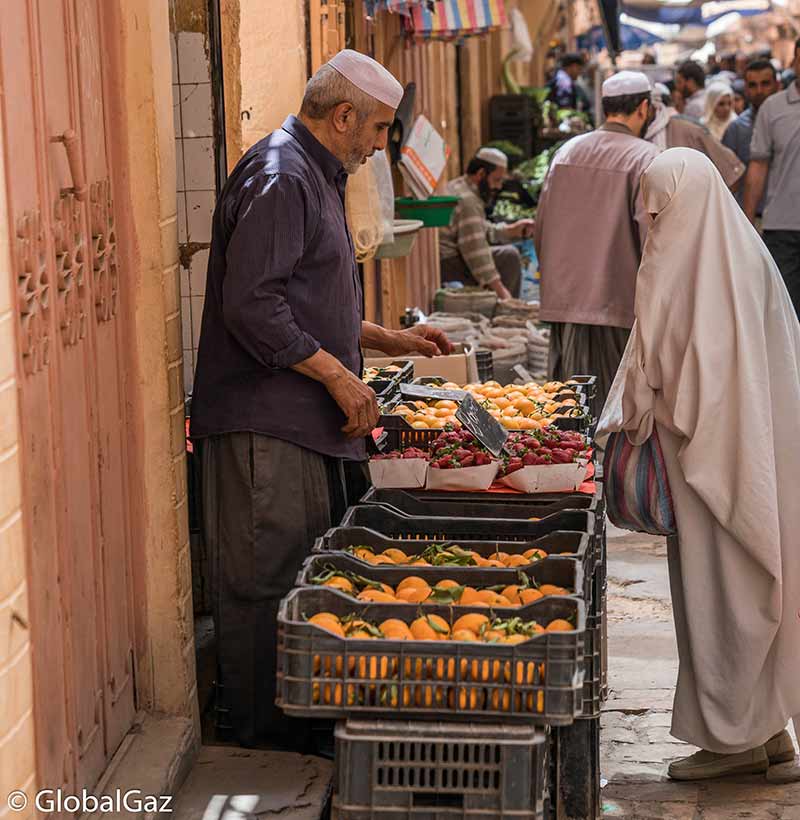
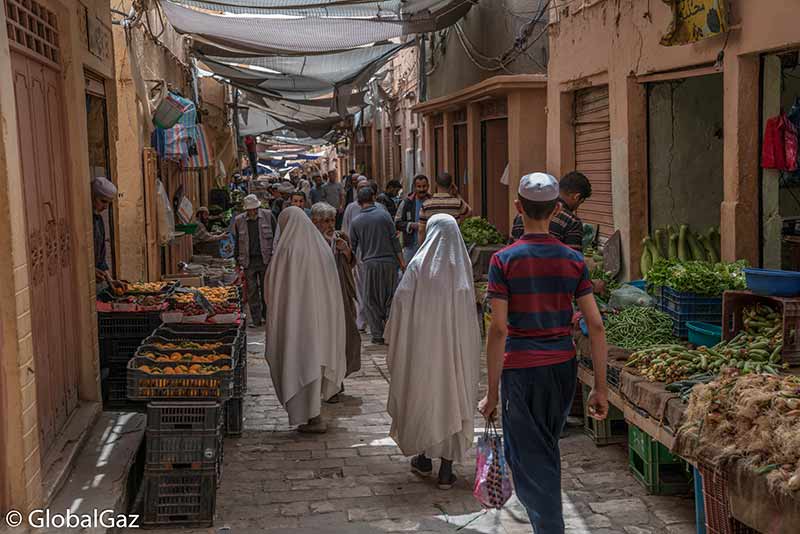
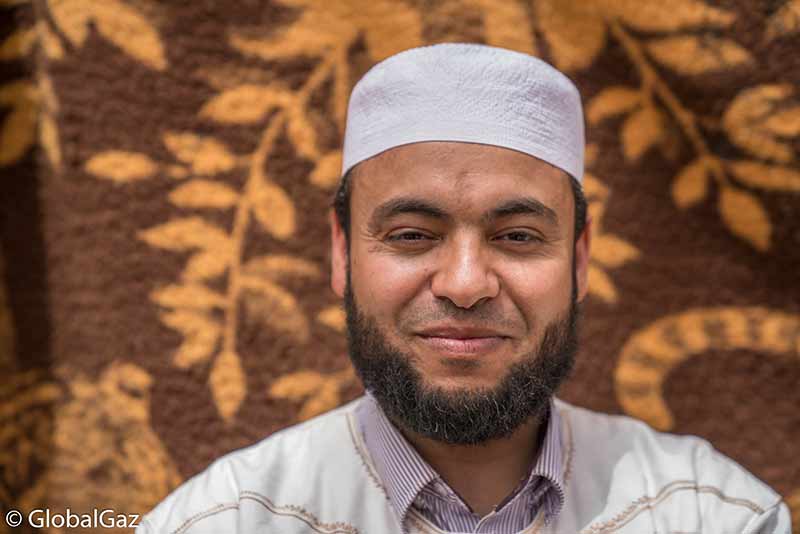
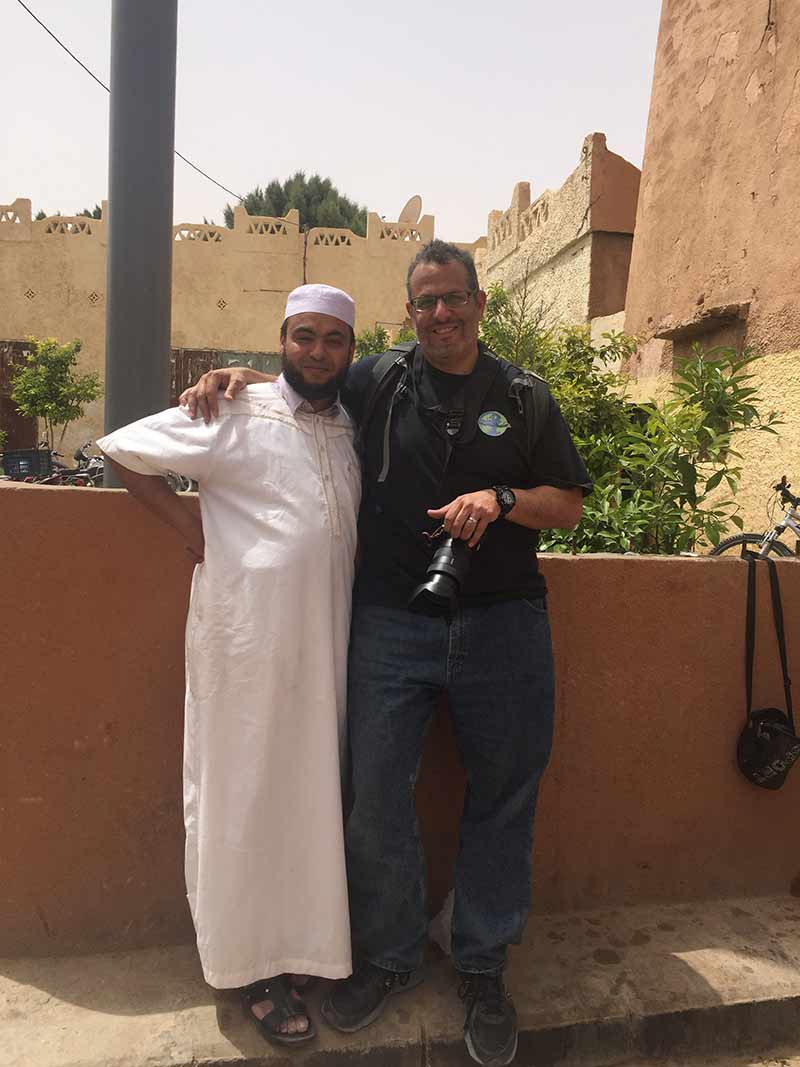
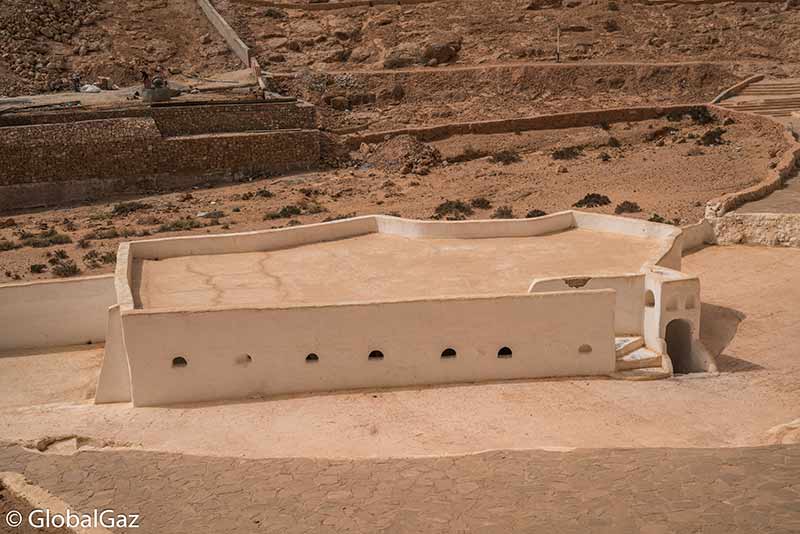
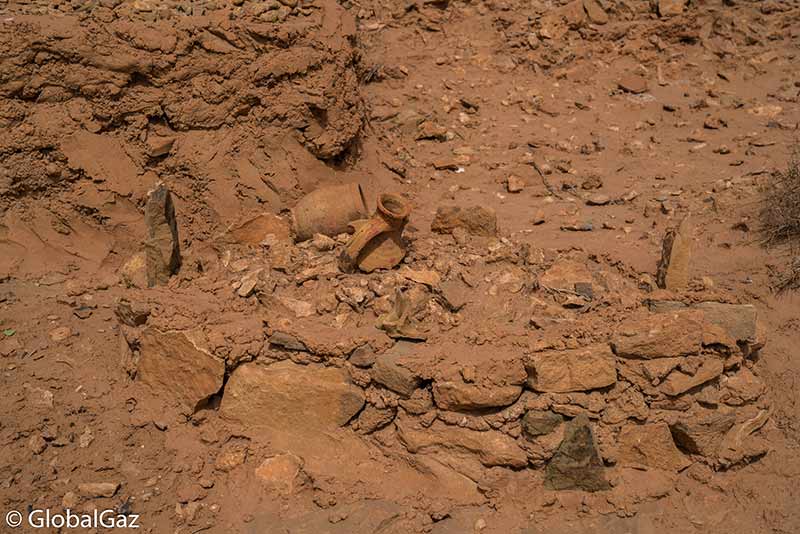
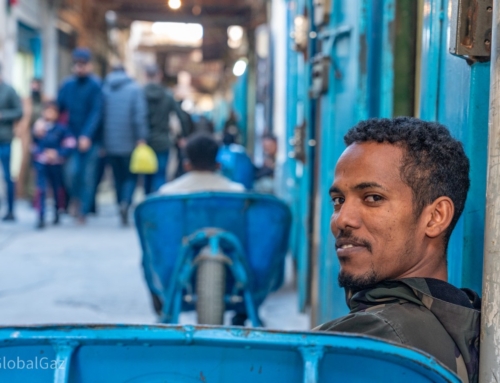

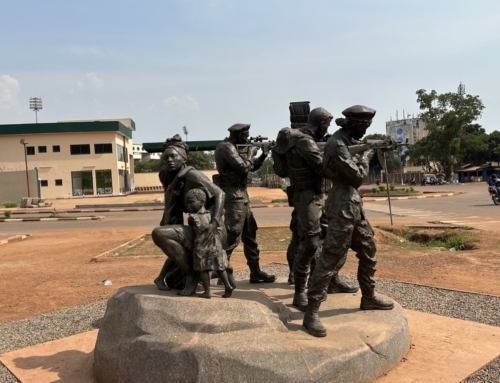
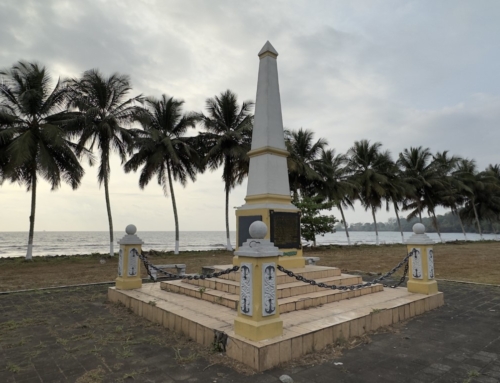

Really enjoying the Algeria posts! I will be sharing them with my readers, thank you.
Thanks! Been enjoying your site as well at http://travelbloggerbuzz.com/
Great trip report to unique area of our planet.Thank you, Ric.
A friend of mine from DC is there now.
I hope to go within a year.
it is a very cool and unique place
[…] Lets go to Ghardaia, Algeria. Off the beaten path indeed! […]
I love reading your posts! This seems like such a unique and unspoiled place.
Thank you Charlotte, this place was definitely untouched.
[…] is one of the most fascinating places I have traveled to (Read about my Ghardaia visit here), but holds some challenges when visiting. First, there is not a lot of information online and […]
[…] 12 Day Guide To Algeria Algiers Roman Ruins Ghardaia, Sahara Oasis Timimoun , Explore the […]
gaz, writing you from ghardaia, as im trying to figure out what to do tomorrow and came across your post.
place is pretty cool. . true, its not a super accessible place, but we have two blond six year olds with us which has been our secret weapon. lots of people want to touch them and take photos with them.
safe travels,
heming
and i was wondering what those fields of bottles were. ill have to check out the cemetaries tomorrow.
one tip: theres a bbq joint on the highway above town, which also seems to serve as a weigh station for buses traveling through the dessert. lots of interesting people watching and really good food..
Heming … Sorry for the delay, have not had wifi.
Very clever plan…blond kids 😉 I hope they are enjoying.
I think what you are referring to are the cemetaries. The families place the bottles on the graves to recognize their loved ones, since there are no names on the gravestones.
Enjoy Algeria!
Hello Mr Ric. That’s me Brahim ( Ibrahim). Wish you well.
Cordially Brahim.
Thank you, I hope you are well, and Happy New Year!
[…] Visiting Ghardaia […]
[…] Visiting Ghardaia […]
[…] Visiting Ghardaia […]
[…] Visiting Ghardaia […]
[…] ignorance is a virtue. While I was aware of M’zab valley since I included it on my itinerary, there is limited information on the area. I was wowed as I […]
I’m just curious. I’m planning a trip to Algeria in November. Are two whole days sufficient to see all 5 of the villages at Ghardaia and some of the palmerie.?
Hi James…I think two full days will do it. But I havent been in 6 yrs so not 100% confident. Enjoy, an awesome place.
Thanks. I’m looking forward to going again. I was there in 1984, when it was easy to get a visa. Your guide is VERY useful.
Wow .. it is going to be amazing to revisit!
Algeria now has a new e-visa under the condition if part of your trip takes places in the south.